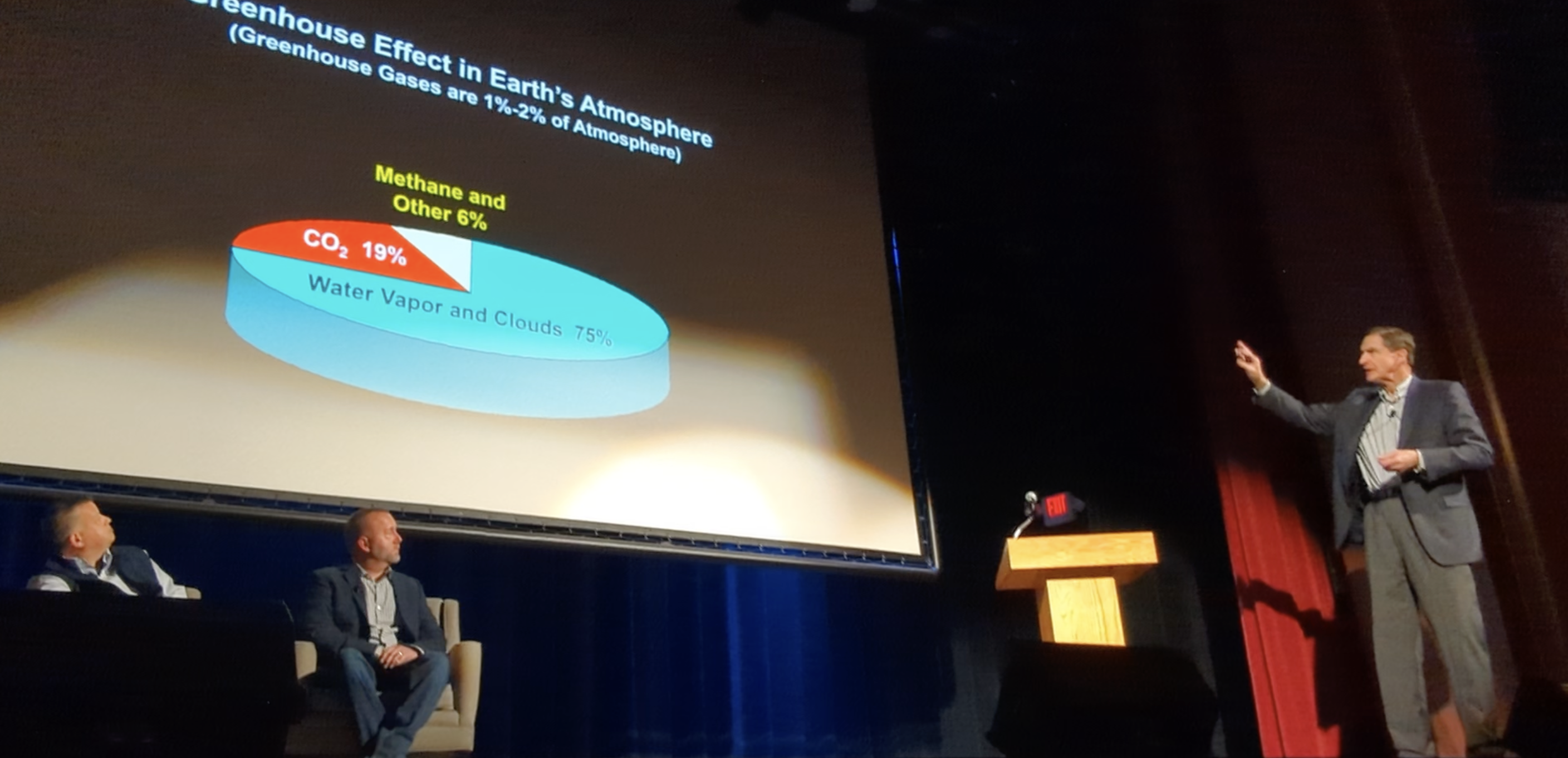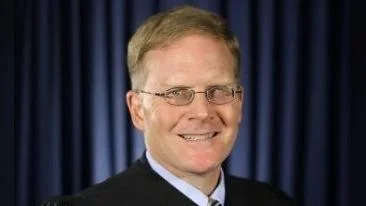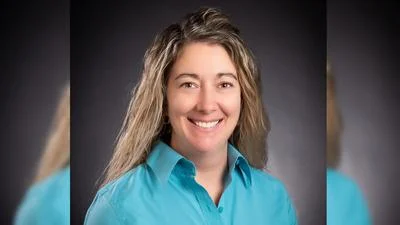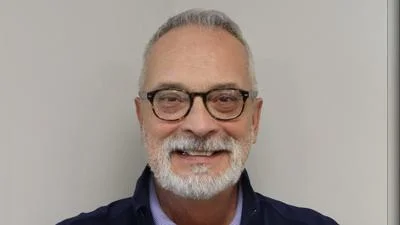Author and Heritage Foundation fellow Steve Goreham stirred the climate change debate in a Nov. 30 event at the Knox Memorial Theater hosted by Knox Smart Development.
Goreham challenged widely held assumptions about the role of solar installations, such as the proposed 1,533-acre installation of the Frasier Solar Project in Knox County – in combating climate change.
Goreham is Executive Director Climate Science Coalition of America and holds an MBA, Finance and Marketing from the University of Chicago and a BS & MS, Electrical Engineering from the University of Illinois Urbana-Champaign.
He raised several issues related to solar energy, including its limited job creation, questionable durability, rising waste problems and the substantial subsidies it receives.
“Solar won't stop climate change,” Goreham said in his presentation. “It uses vast amounts of land. Wind and solar are expensive. The renewables solar creates a few jobs. There's poor solar durability, large solar waste and huge solar subsidies.”
Currently, renewable energy only comprises 1.7% of Ohio’s energy generation. Coal provides the most of the state’s energy generation at 42.8%, followed by natural gas with 37.5% and nuclear energy with 16.6%.
His remarks reflect a broader debate on climate change, emphasizing the need for a nuanced understanding of the Earth's climate system and questioning the effectiveness of proposed solutions.
Goreham questioned the narrative in the press that often emphasizes the role of industries in causing the greenhouse effect.
He raised questions about recent headlines declaring July 2023 as the hottest month in 120,000 years and the UN chief proclaiming the arrival of the era of "global boiling."
"If you hear something in the press and the climate most likely is wrong,” Goreham said.
Goreham cautioned against blindly trusting such information and provided historical context.
“Today's temperatures are not abnormally warm,” Goreham said.
Drawing on historical examples, Goreham mentioned the Viking settlement Herjolfsnes in Greenland 1,000 years ago, where the climate was warmer than today, supporting his argument that today's temperatures are not unprecedented.
He also referred to the Rhone Glacier in Switzerland, where the retreat revealed artifacts estimated to be 4,000 years old, indicating periods of ice-free conditions in the last 10,000 years.
Goreham criticized what he sees as superstition in the world, where people believe drastic measures like filling agricultural land with solar panels could prevent rising sea levels.
“Solar installations are not going to stop climate change. Climate is dominated by natural cycles of the earth, probably driven by the sun, and manmade emissions are a very small part,” Goreham said.
Goreham delved into the science of the greenhouse effect, emphasizing that sunlight entering the atmosphere is absorbed by the Earth's surface and re-radiated by greenhouse gasses, leading to a warming effect. He clarified that water vapor, not carbon dioxide or methane, is the dominant greenhouse gas, responsible for 70 to 90% of the Earth's greenhouse effect.
Contrary to common belief, Goreham asserted that human activities, including industrial emissions, contribute only 1-2% to the overall greenhouse effect.
“Today's climate scientists are obsessed with the level of carbon dioxide in Earth's atmosphere, a very small part of the overall picture,” he said.
Goreham further highlighted the significant influence of natural factors such as the sun, oceans, atmospheric conditions and aerosols on Earth's climate.
He argued that eliminating all human emissions would likely have an imperceptible impact on global temperatures, challenging the urgency attributed to reducing industrial emissions.
Goreham also disputed the notion that renewables are driving down electricity prices, presenting data that suggests the opposite trend. He illustrated a correlation between increased wind and solar capacity and higher electricity prices in both the United States and Europe.
He specifically pointed out Denmark and Germany, where electricity prices are three times higher than the United States, despite having significant wind and solar capacity.
Goreham said the true cost of renewable energy is much higher.
“Solar is the most subsidized energy form we have in the United States today. So this is data from the US Energy Information Agency, solar gets about 50 times as much subsidies per unit of energy delivered as nuclear or oil and gas,” Goreham said.
Goreham posed a rhetorical question about the land efficiency of energy sources, highlighting data from Vaclav Smil, which suggests that traditional energy sources like nuclear, natural gas and coal utilize significantly less land than renewables like solar and wind.
Goreham specifically pointed out the outsized land requirement for solar energy, emphasizing that it takes 100 units of land to produce one unit of electricity.
He cited the proposed Frasier Solar Facility, which uses double the land compared to the Diablo Canyon nuclear plants in California but produces only 1/16 of the output raising concerns about the efficiency and practicality of solar energy in terms of land utilization.
“Solar uses vast amounts of land,” Goreham said.
Goreham also addressed the narrative that renewables, particularly wind and solar, are the cheapest forms of energy.
While acknowledging the drop in installation costs for wind and solar, Goreham argued that the intermittency of these sources poses a fundamental challenge to reliable electrical power.
He also highlighted instances of blackouts in Texas in February of 2021 and warned that such blackouts will become more common if the United States focuses more investment in intermittent forms of power, such as solar and wind.
“The Texas blackouts were lethal,” Goreham said. “Electricity was off to 4.5 million people for three days. And they estimate between 250 and 700 people died because of that blackout.”

Goreham said global warming is widely misunderstood. (Mount Vernon News / Kyle Barnett)






